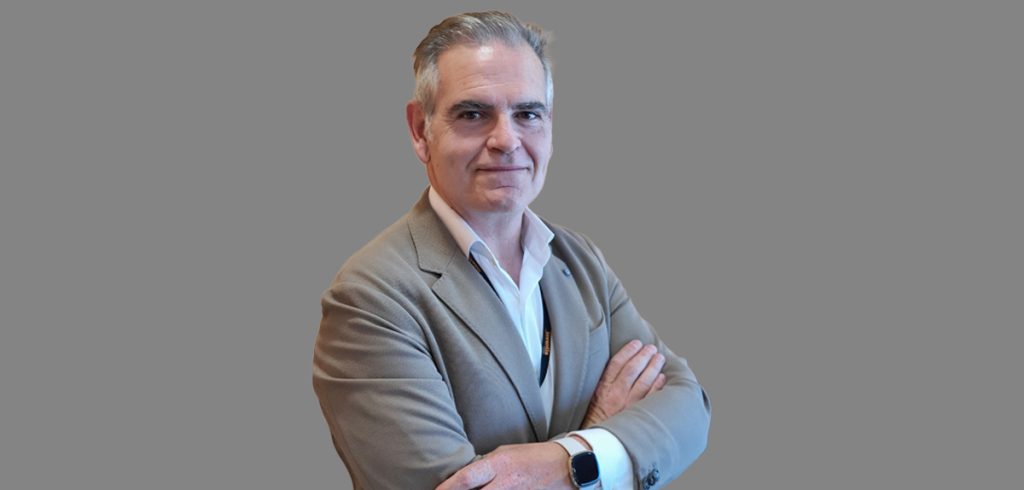The term “STEM,” which stands for Science, Technology, Engineering and Mathematics, was coined in the ‘90s and introduced for the first time by the National Science Foundation (NSF) of the United States. This was partially motivated by the onset of the first computer-based business—but not yet domestic—applications and the subsequent emergence of Information and Communication Technologies (ICT).
In short, the goal is to encourage an early education based on a holistic, multidisciplinary approach, considering the learning process as a participative process where students learn and develop skills that they will later be able to apply during their adult lives, encouraging critical thinking, teamwork, communication, their reasoning and analytic capabilities, creativity and innovation and, ultimately, training their problem-solving skills as a whole.
The importance of STEM at school when it comes to the present and future development of basic sciences, research and technological development is no longer in question, but rather, a necessary fact that comes with a host of challenges that will require hard work to iron out.
The importance of STEM at school when it comes to the present and future development of basic sciences, research and technological development is no longer in question"
Early on, a debate arose on whether simply fostering science, technology, engineering and mathematics would accomplish an integral development of individuals in a way that would allow them, from a multidisciplinary perspective, to correctly achieve the ultimate goal. The answer, in my opinion, is clearly ‘no’. And this is why adding an “A” for Arts—turning the term into STEAM—should be considered. This matter is still being discussed and is surrounded by a certain level of controversy. Its detractors think that it may dilute the goal of the subjects being addressed, and its defenders—the great majority, myself included—consider that arts add value in the form of creative thought, the fostering of aesthetics and even innovation, removing individuals from the rigidities implied in any kind of binary reasoning.
But not just that. I invite the reader to try to imagine this relationship in the great, integral thinkers of Ancient Greece, or to consider the brilliance of the Renaissance, which saw the rightfully-called ‘disruptive thinker’ Leonardo da Vinci, with his inseparable virtues: art and engineering.
But all of this is not new; many of these matters were addressed by the great Jean Piaget, Swiss psychologist, in the early 20th century as part of his Theory of Cognitive Development, where he posited that cognitive development since early childhood happens progressively and through the interaction of individuals with the world around them.
At the point where we stand, in my opinion, the worst part is that there is still a lot of work ahead when it comes to the integral development of children, from early childhood to adolescence, and their introduction into society as adults. Unfortunately, here I must paraphrase a quote that is attributed to Albert Einstein: each day we know more and understand less. True indeed.
We are now witnesses and protagonists of the fourth industrial revolution, which implies an unprecedented social and technological change worldwide. For now, our regret is that we still need to keep denouncing and working toward reducing the gender gap, when the only admissible differences that humans should allow themselves in this regard are those that are naturally attributable to stochastic variables like any other. We are still doing something very, very wrong and we are not changing it.
We are now witnesses and protagonists of the fourth industrial revolution, which implies an unprecedented social and technological change worldwid”
These two facts are ever-present in the space sector. On one hand, we need the development of science and technology itself, but there is also a lot of work ahead of us, and we are already lagging way behind when it comes to establishing legitimate limits to the use of space and its preservation, deploying the UN SDGs beyond the Kármán line.
We need to develop a new STEAM—STEAM+, if you will—from a human perspective, which enables the sustainable advancement and long-term development of a new society. In short, a new global approach of sustainability for planet Earth.
And this, I am afraid, can and must only be attained by human intelligence.
Let us work toward it, then.





